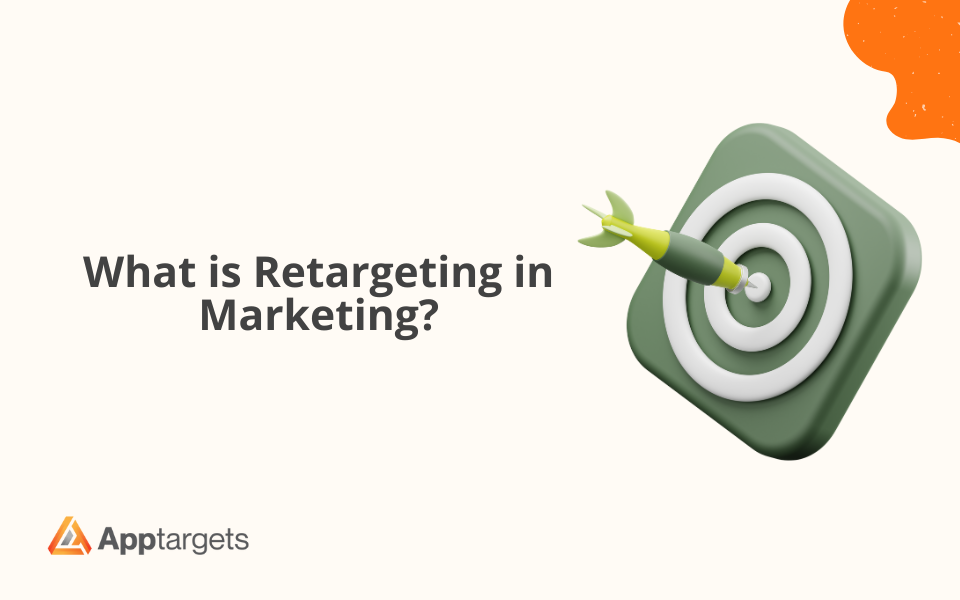What is Retargeting in Marketing?
Digital marketing contains many subspecialties, concepts, and processes within itself. One of them is retargeting. Retargeting is one of the important and indispensable components of digital advertising. To explain briefly, retargeting is an advertising optimization that allows you to reach users who have visited the site and application again and show them ads while users are browsing different pages/sites.
What Is the Use of Retargeting?
Retargeting helps us to reach potential customers who are known to have certain interests, have visited your site, used your mobile application, or have registered on your email list again and again. Retargeting marketing is an efficient way to connect with potential customers that already show an interest in your app. It is mainly used by applications and e-commerce sites. Retargeting oriented ads usually appear in the form of display or google shopping ads.
Advantages of Retargeting
- It helps you remember users who have previously visited and reviewed the application and are still in the market research stage. Influence the purchasing decision of the user again. A good user experience is necessary to increase your chances of earning the users.
- It helps to grow the awareness of the app and keep your brand in potential user’s mind.
- Thanks to Retargeting, you can create more specific ads.
- Since this type of advertising is aimed at customers who are looking for a product or service, the conversion rate is higher. Thus, the advertising budget is used efficiently.
How is Retargeting Done?
Retargeting is enabled through the use of pixel codes placed on specific pages within the site. When users enter the pages where these pixels are located on the site, they are tracked thanks to these codes. This way, even if users are browsing on different pages/sites, you can remind them of your brand or product with the ads you show them. This situation not only allows you to remind yourself of the consumer but also allows you to contact the purchase decision of your target audience.
First of all, a potential customer or user visits your website, looks around for a while, and leaves without taking any action (such as downloading or buying any product). If you have a retargeting system, it picks up and tracks the customer's journey. You can start retargeting ads the next time they come online. In the same way, there is retargeting for applications. You’re marketing to someone that has already visited your app and shown interest in your brand and products. It is the display of the app again in front of someone who has downloaded, deleted or viewed your app before.
